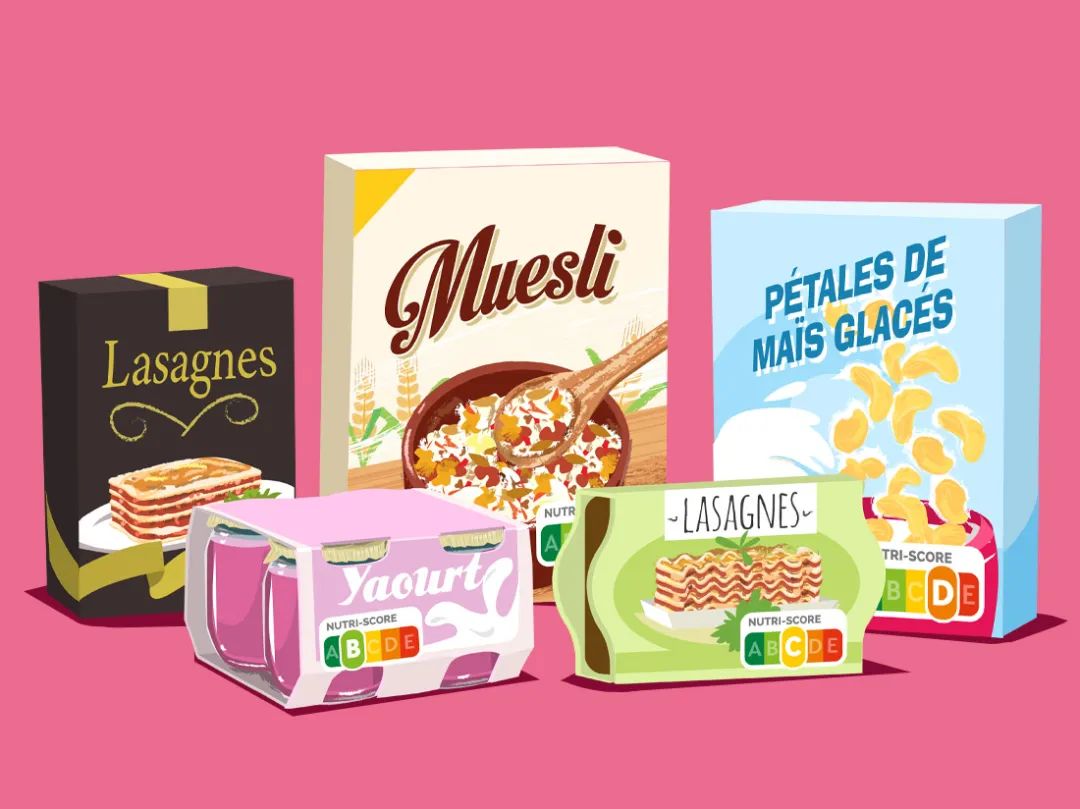Amidst consumer upgrades and the growing trend toward healthy eating, traditional Chinese staple foods are undergoing innovative transformations. Products like "cheese steamed buns"—a fusion of Eastern and Western culinary concepts—have rapidly gained popularity on platforms such as Hema and Douyin, with leading brands achieving annual sales exceeding 60 million yuan. Notably, Hema's seasonal "Sakura Berry Cheese Steamed Buns" in East China saw a 50% week-over-week sales increase within just two weeks of launch, with single-store monthly sales reaching 13,000 orders, making it a breakout hit.

The success of cheese steamed buns stems from precise insights into consumer demands. While traditional Chinese steamed buns provide satiety, they often lack textural variety and nutritional complexity. Conversely, Western cheese, though rich in protein and calcium, carries concerns over high sugar and calorie content. Brands have bridged this gap by combining "four-layer cheese" fillings with traditional fermentation techniques, preserving the soft texture of Chinese buns while adding a molten, creamy center—all while adhering to "no artificial flavors, colors, or preservatives" commitments. Nutritionally, these buns contain three times the calcium of regular steamed buns, aligning with modern consumers' demand for high-protein, high-calcium functional foods.
This innovation is not an isolated case but part of a broader movement toward healthier upgrades in traditional staples. In recent years, the use of high-fiber grains like whole wheat and quinoa in baked goods has surged, with 30% of consumers willing to pay premium prices for whole-grain products. Simultaneously, the revival of "food-as-medicine" concepts has reintroduced ingredients like red dates and yam into modern diets. For example, Hangzhou-based brand "Mr. Yang Pastry" reinvented Jiangnan's intangible cultural heritage snack, "Qianshi Cake" (made from gorgon fruit), into a low-sugar version. Its spleen-nourishing and dampness-eliminating properties helped it top Tmall's niche category rankings. Bakery China will gather this kind of healthy pastries to offer you a variety of choice.
Market performance reveals two core pathways for traditional food innovation: first, breaking category boundaries through East-West fusion, such as incorporating cheese or mochi into Chinese staples; second, reconstructing value propositions via health-focused upgrades, like reducing glycemic index or boosting protein content. As demand for functional foods deepens, future innovations may further explore low-GI and high-fiber formulations, unlocking new growth opportunities for the industry.
Bakery China 2025 will continue to share more industry professional content with you, so please stay tuned!
Bakery China, organized by China Association of Bakery and Confectionery Industry (CABCI) and Bakery China Exhibitions Co., Ltd. was launched since 1997. Bakery China is the Asia Pacific‘s leading event serving the entire value chain for the bakery and confectionery market. The event presents all range of ingredient, equipment, packaging and services, and enables global leading professionals and buyer delegates to meet and share the latest innovations and thinking on manufacturing & distribution, R&D, applications and related services for bakery industry.
To enter China, the most promising bakery market, must visit Bakery China 2025 on May 19-22, 2025 at National Exhibition and Convention Center (NECC), Shanghai, covering 320,000 sqm show space. Over 2,200 exhibitors and 400,000 visits are expected.
Source:FoodDaily





